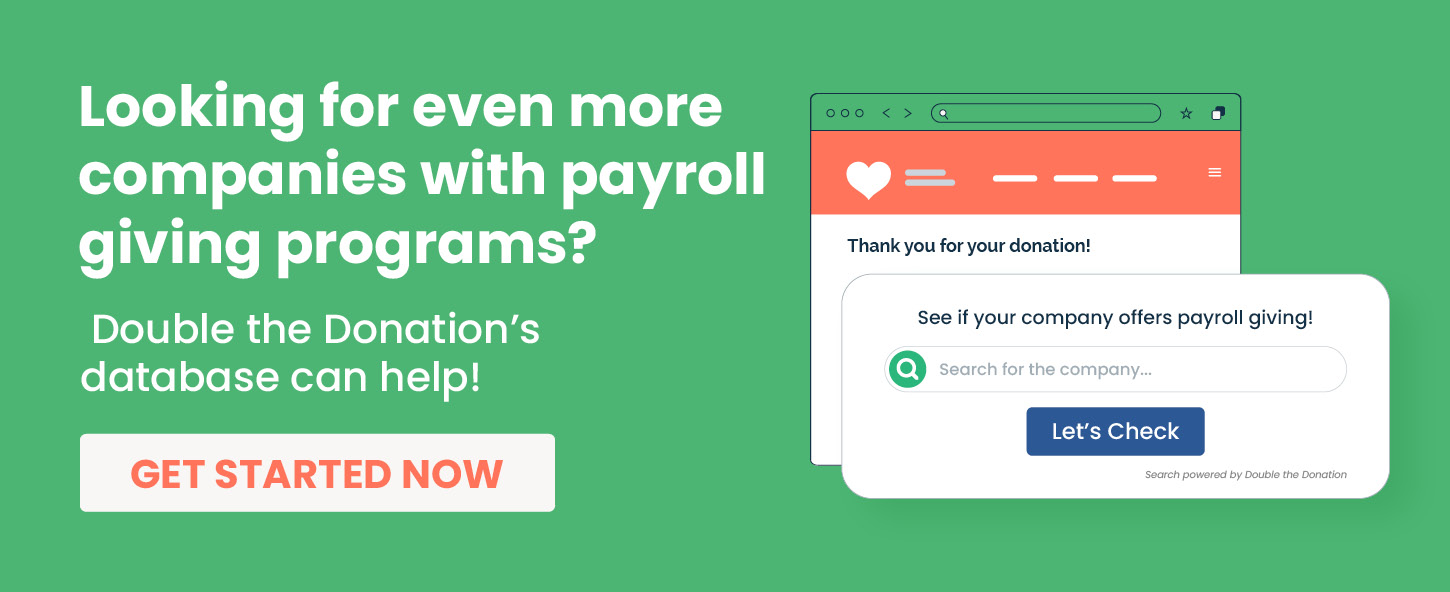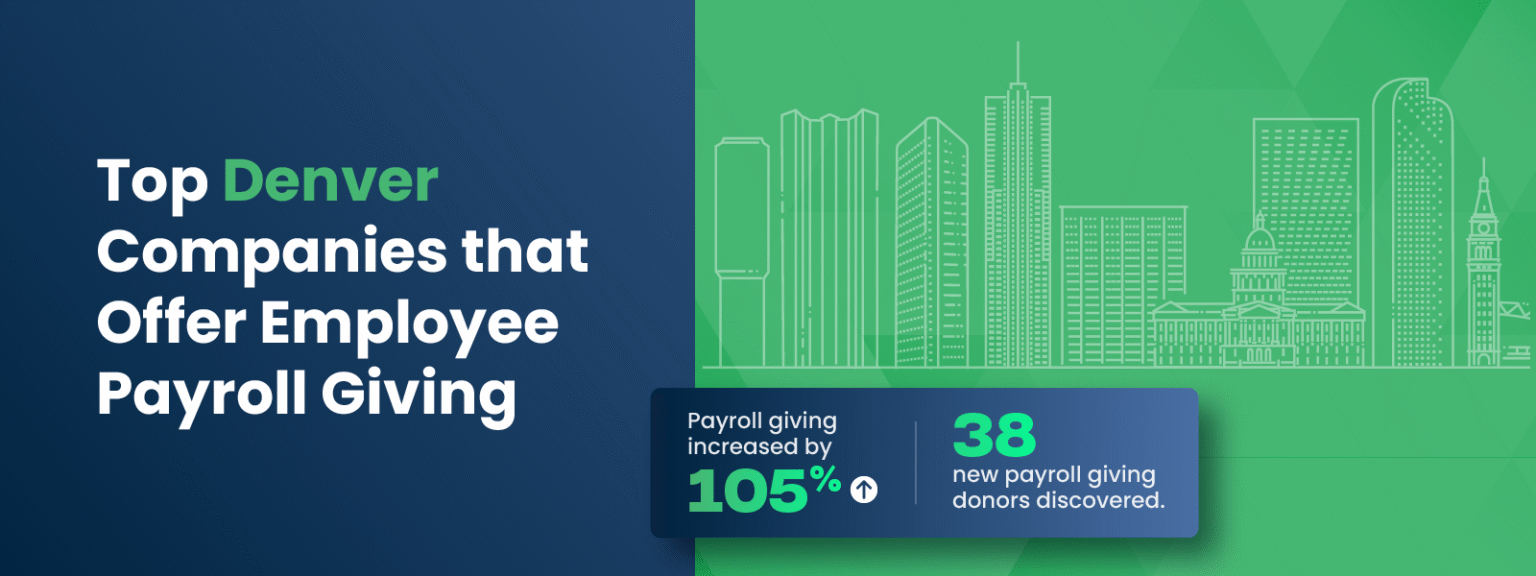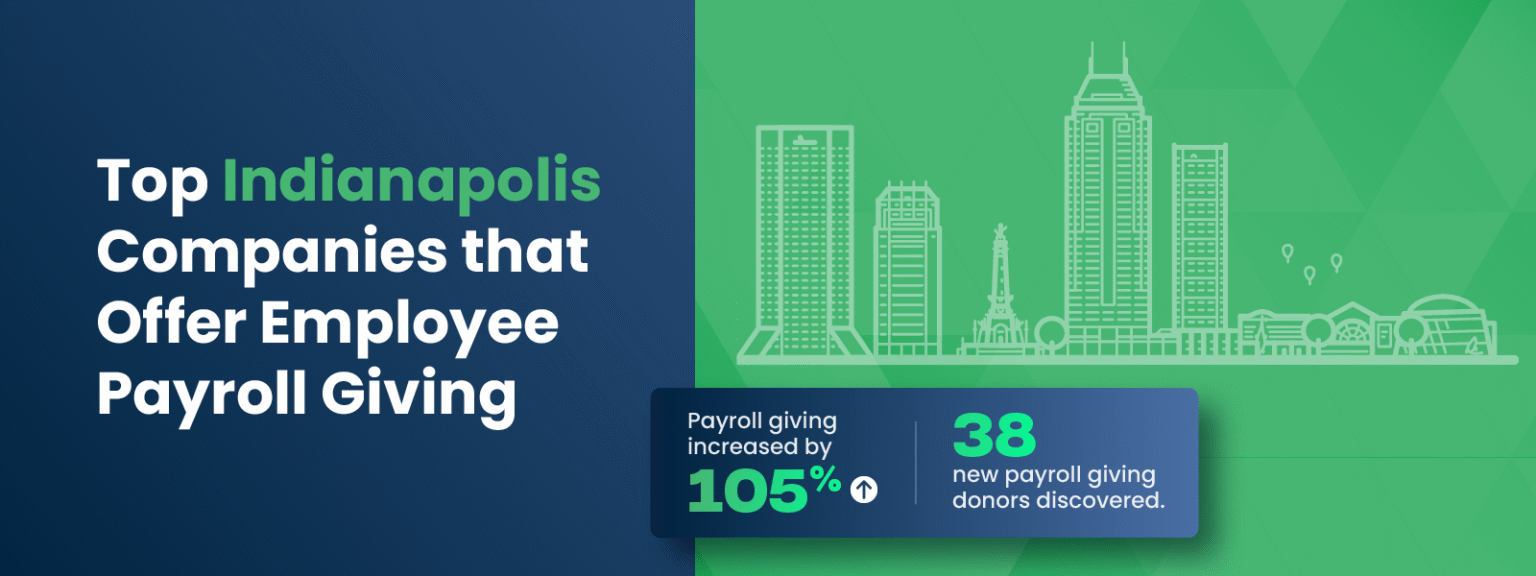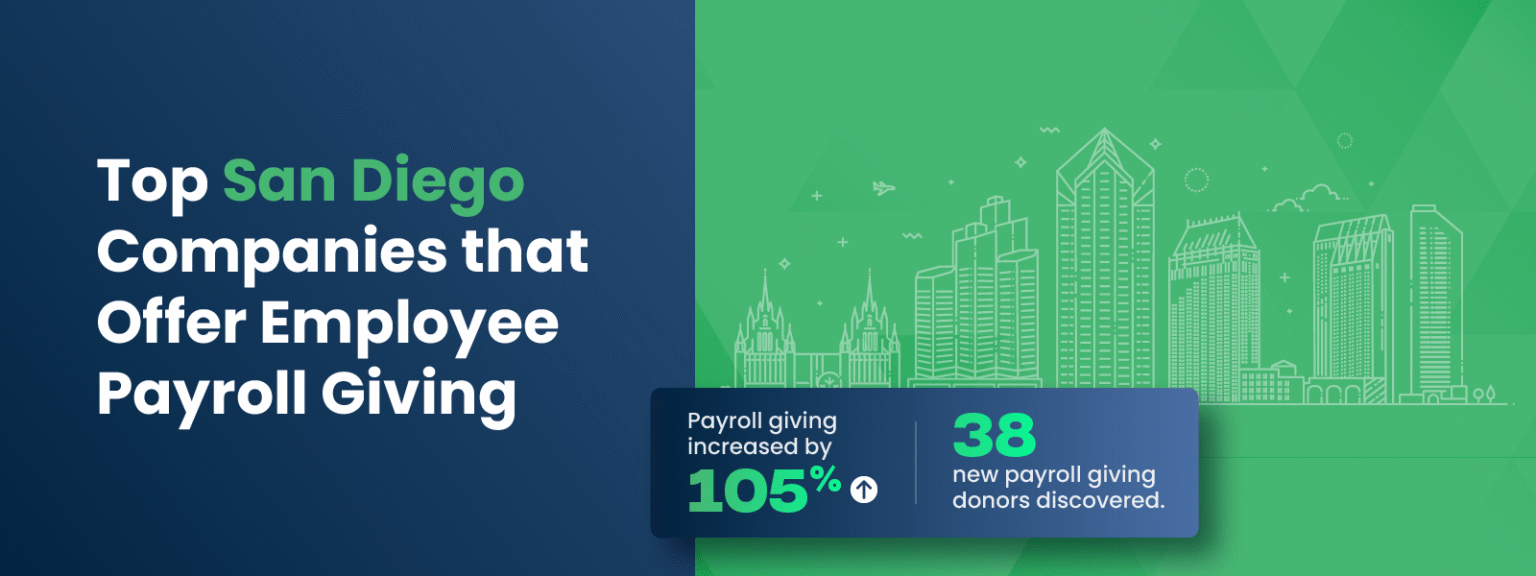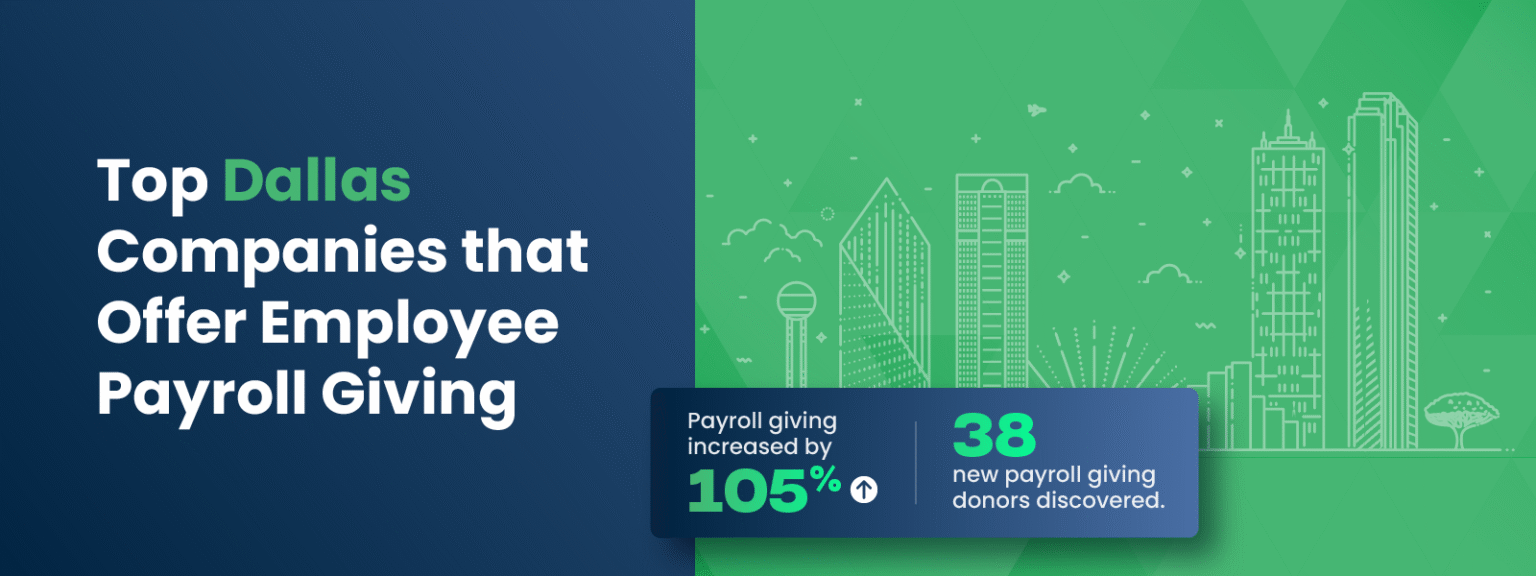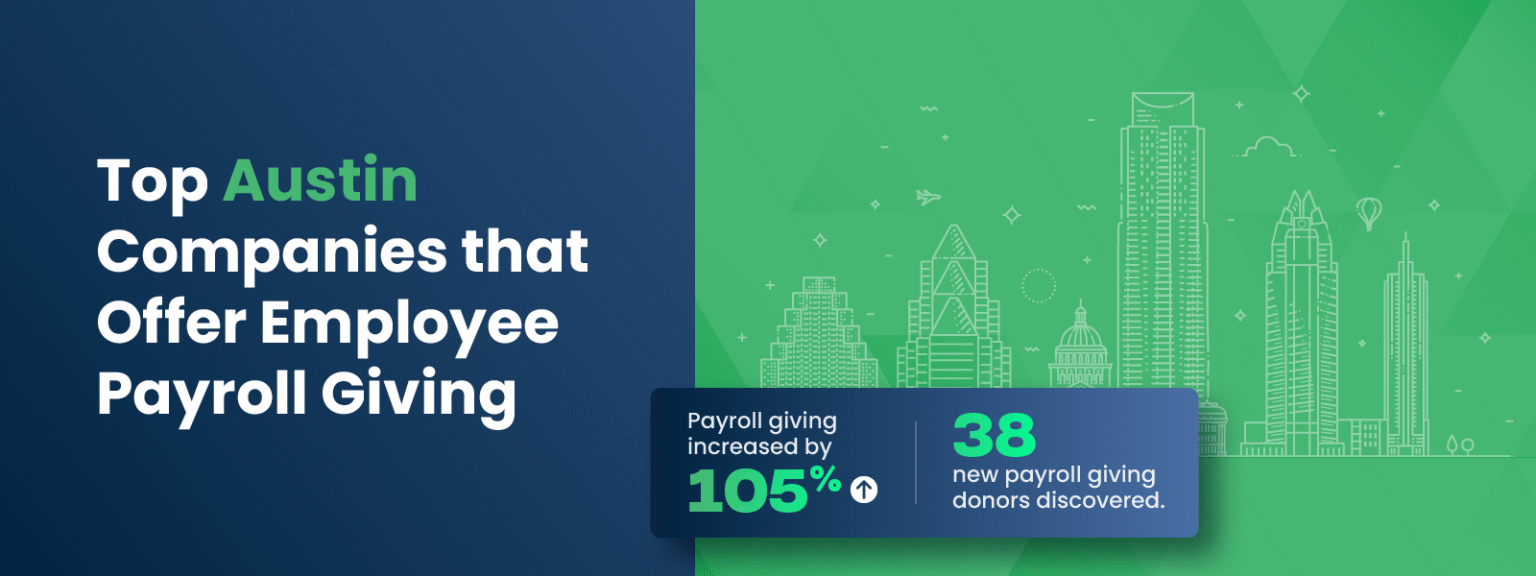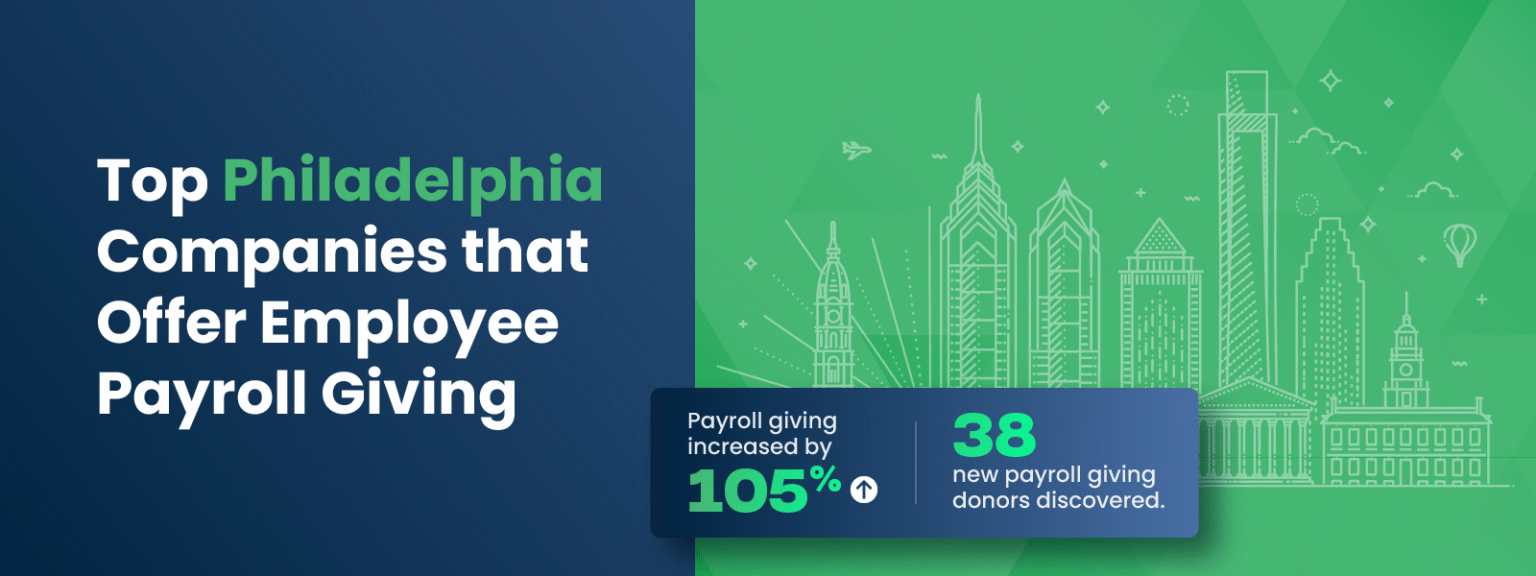Top Columbus Companies that Offer Employee Payroll Giving
Columbus, Ohio, stands out as a vibrant city with a dynamic business environment and a strong commitment to community engagement. Among its many strengths, the city boasts a robust corporate sector that actively participates in philanthropic efforts, particularly through employee payroll giving programs. These initiatives allow employees to contribute directly to nonprofits via payroll deductions, fostering a culture of generosity and social responsibility.
Many of the largest companies headquartered or operating in Columbus have embraced payroll giving as a key component of their corporate social responsibility strategies. This not only benefits the nonprofits they support but also empowers employees to make a meaningful impact in their communities. In this article, we will explore some of the top Columbus companies offering payroll giving programs, how these programs work, and how nonprofits can leverage these opportunities to increase their funding and engagement.
- What to Know About Major Columbus Companies in the Corporate Giving Space
- Companies in Columbus That Offer Payroll Giving Programs
- Explore More Columbus Payroll Donation Programs with a Workplace Giving Database
- Wrapping Up & Final Thoughts
- Discover How to Maximize Payroll Giving with Double the Donation
What to Know About Major Columbus Companies in the Corporate Giving Space
Columbus is more than just Ohio’s capital; it is a major hub for business, innovation, and nonprofit activity. The city’s thriving economy and diverse industries have attracted a wide range of companies, many of which are deeply invested in corporate philanthropy. Understanding the landscape of Columbus’s corporate giving environment is essential for nonprofits looking to tap into payroll giving programs.
Here are some key points about Columbus’s business and philanthropic environment:
- Economic Significance: Columbus ranks as one of the largest cities in the United States by population and economic output, making it a critical player in both national and global markets.
- Corporate Headquarters: The city is home to over 30 Fortune 1000 companies, including several Fortune 500 giants, reflecting its importance as a corporate center.
- Industry Diversity: Key industries include technology, manufacturing, finance, healthcare, and consumer goods, each contributing to a rich ecosystem of corporate giving.
- Nonprofit Presence: Columbus hosts a vibrant nonprofit sector, supported by the city’s corporate philanthropy culture and employee giving programs.
- Corporate Philanthropy Culture: Many companies in Columbus have established formal payroll giving programs, matching gift initiatives, and volunteer grant opportunities to encourage employee participation in charitable causes.
This strong corporate presence and commitment to social responsibility create fertile ground for nonprofits to engage with companies and their employees through payroll giving and other workplace giving programs.
Companies in Columbus That Offer Payroll Giving Programs
Payroll giving programs are a popular way for companies to facilitate charitable donations by allowing employees to contribute directly from their paychecks. In Columbus, several major companies have implemented such programs, often coupled with matching gift opportunities to amplify employee contributions. Below, we explore some of these companies, their industries, and the specifics of their payroll giving initiatives.
IBM
IBM is a global leader in technology and consulting services, with a significant presence in Columbus. The company’s commitment to corporate social responsibility is reflected in its comprehensive payroll giving program. Eligible employees can contribute to a wide range of nonprofits through automatic payroll deductions. IBM often matches employee donations, typically at a 1:1 ratio, effectively doubling the impact of each gift. There are usually no minimum contribution requirements, making it accessible for employees at all giving levels. IBM’s program supports a broad spectrum of charitable organizations, allowing employees to support causes that resonate personally.
Learn more about the program here.
Apple
Apple, renowned for its innovation in consumer electronics and software, also fosters a culture of giving among its workforce. Employees in Columbus who participate in Apple’s payroll giving program can designate donations to eligible nonprofits directly from their paychecks. Apple enhances these contributions through a matching gift program, which often matches donations dollar-for-dollar up to a certain annual limit. The company encourages participation across all employee levels and offers flexibility in contribution amounts. Apple’s philanthropic efforts extend beyond payroll giving, but this program remains a cornerstone of its employee engagement strategy.
Learn more about the program here.
Nike
Nike, a global leader in athletic footwear and apparel, operates a payroll giving program designed to empower employees to support charitable causes. Nike employees in Columbus can enroll in payroll deductions to contribute regularly to nonprofits of their choice. The company matches these donations, typically at a 1:1 ratio, with some variations depending on the campaign or time of year. Nike’s program often includes minimum contribution thresholds to streamline processing, but these are generally low to encourage broad participation. The company also emphasizes support for organizations focused on youth, sports, and community development.
Learn more about the program here.
Coca Cola
Coca Cola, a major player in the beverage industry, offers a well-established payroll giving program for its Columbus employees. Through this program, employees can allocate a portion of their paycheck to qualified nonprofits. Coca Cola matches employee donations, frequently at a 1:1 ratio, with some programs offering enhanced matches for specific causes or during special campaigns. The company sets clear guidelines on eligible charities and contribution limits to ensure compliance and maximize impact. Coca Cola’s payroll giving initiative is part of a broader corporate responsibility framework that includes volunteer grants and community partnerships.
Learn more about the program here.
Booz Allen Hamilton
Booz Allen Hamilton, a leading management and technology consulting firm, supports employee philanthropy through its payroll giving program. Employees in Columbus can participate by authorizing payroll deductions to support nonprofits aligned with their values. Booz Allen Hamilton matches these contributions, often dollar-for-dollar, up to a defined annual cap. The program is inclusive, allowing employees at all levels to participate with flexible contribution amounts. Additionally, the company offers volunteer grants and other workplace giving opportunities to complement payroll donations.
Learn more about the program here.
Schneider Electric
Schneider Electric, a global specialist in energy management and automation, encourages its Columbus workforce to engage in charitable giving through payroll deductions. The company’s payroll giving program enables employees to contribute to a wide array of nonprofits, with Schneider Electric matching donations to amplify their impact. Matching ratios typically stand at 1:1, with some variations depending on the initiative. The program is designed to be accessible, with low minimum contribution requirements and broad eligibility criteria for participating employees. Schneider Electric also promotes sustainability and community development through its corporate giving efforts.
Learn more about the program here.
Microsoft
Microsoft, a technology giant with a significant presence in Columbus, offers a robust payroll giving program as part of its comprehensive employee giving strategy. Employees can designate a portion of their paycheck to eligible nonprofits, with Microsoft matching these donations, often at a 1:1 ratio. The company sets clear guidelines on contribution minimums and maximums to facilitate smooth administration. Microsoft’s program is well-integrated with its matching gift and volunteer grant initiatives, providing multiple avenues for employees to support charitable causes. The company’s focus areas include education, technology access, and community empowerment.
Learn more about the program here.
Honeywell
Honeywell, a diversified technology and manufacturing company, supports employee philanthropy through its payroll giving program in Columbus. Employees can participate by authorizing payroll deductions to support nonprofits of their choice. Honeywell matches these donations, typically dollar-for-dollar, up to a specified annual limit. The program is designed to be inclusive and flexible, with low minimum contribution thresholds. Honeywell’s corporate giving strategy also includes volunteer grants and other workplace giving programs, reinforcing its commitment to community engagement and social responsibility.
Explore More Columbus Payroll Donation Programs with a Workplace Giving Database
While the companies highlighted above represent some of the most prominent payroll giving programs in Columbus, many other businesses in the city and beyond offer a variety of corporate philanthropy initiatives. These include not only payroll giving but also matching gifts, volunteer grants, and volunteer time off (VTO) programs. For nonprofits seeking to maximize their fundraising potential, discovering and engaging with these additional opportunities is crucial.
One of the most effective ways to uncover these hidden gems is by utilizing a workplace philanthropy database like Double the Donation. Such databases provide comprehensive, up-to-date information on companies offering payroll giving and other workplace giving programs. This makes it easier for nonprofits to identify potential corporate partners and tailor their outreach efforts accordingly.
Key benefits of using a workplace giving database include:
- Easy Search and Discovery: Quickly find companies that offer payroll giving, matching gifts, and volunteer grants, saving time and effort on manual research.
- Targeted Engagement: Identify companies whose giving programs align with your nonprofit’s mission, increasing the likelihood of successful partnerships.
- Supporter Empowerment: Embed a database plugin on your payroll giving page, allowing donors to check their eligibility and learn how to participate in their employer’s giving programs.
- Streamlined Fundraising: Access detailed information on program requirements, contribution limits, and matching ratios to optimize your fundraising strategies.
By leveraging a workplace giving database, nonprofits can expand their reach, deepen corporate relationships, and unlock new streams of recurring revenue through payroll giving and related programs.
Wrapping Up & Final Thoughts
Columbus is home to a diverse array of companies that have embraced payroll giving as a powerful tool for corporate philanthropy. From technology giants like IBM and Microsoft to consumer brands like Nike and Coca Cola, these organizations provide employees with convenient ways to support nonprofits directly through payroll deductions. Many also enhance these contributions with matching gift programs, significantly increasing the impact of employee generosity.
For nonprofits, understanding the specifics of these payroll giving programs is essential to effectively engage with corporate partners and their employees. By tapping into these initiatives, nonprofits can secure steady streams of funding, build lasting relationships, and amplify their mission-driven work.
Beyond the well-known companies, numerous other businesses in Columbus offer workplace giving programs that remain untapped by many nonprofits. Utilizing tools like workplace philanthropy databases can help uncover these opportunities, making it easier to connect with companies and supporters who want to make a difference.
Ultimately, payroll giving programs represent a win-win for companies, employees, and nonprofits alike. By exploring and leveraging these programs, nonprofits in Columbus and beyond can unlock new potential for growth and impact.
Discover How to Maximize Payroll Giving with Double the Donation
Double the Donation’s Payroll Giving Module empowers nonprofits and schools to tap into a powerful but underutilized source of recurring support—payroll donations. With minimal lift, your organization can identify eligible donors, alert them of their eligibility and next steps, and unlock new, sustained corporate giving revenue. The Payroll Giving Module is powered by our Matching Gift and Volunteer Grant tools, making it a valuable addition to your workplace giving strategy. It turns a single piece of employment data into multiple revenue opportunities.
With Double the Donation’s full suite of tools, your organization can uncover payroll giving eligibility automatically through supporter employment data, provide donors with clear, actionable next steps through a website plugin, and streamline follow-up with in-platform insights, dashboards, and built-in marketing templates. These features help drive recurring donations that lead to longer-term corporate engagement and sponsorships.
Key features include instant identification of companies offering payroll giving, matching gifts, and volunteer grants, a payroll giving plugin for your website, a payroll essentials dashboard for actionable insights, and a resources tab with ready-to-use marketing templates. Double the Donation’s Payroll Giving Module works seamlessly alongside our Matching Gifts and Volunteer Grant tools, ensuring you never miss a chance to drive more support from employers.
To explore how your nonprofit can grow payroll giving revenue and enhance your workplace giving strategy, learn how you can grow payroll giving revenue.


